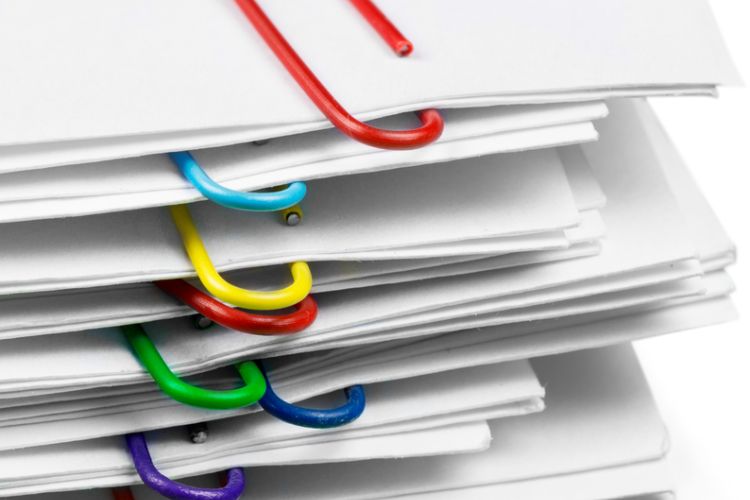Here’s how one of our clients found $500,000 in “easy money.”
Most sellers understand how powerful a 1% price change is. (If the “power of 1%” is new to you or you wish to socialize the idea with your team, check out this animated short.) And most salespeople assure us that they are already doing everything they can to maximize pricing.
Maybe.
And then again, maybe not.
In our pricing programs, my team will often ask salespeople to bring the last ten deals they won. Then we’ll ask them to sort the deals into two piles:
- NO: Increasing the price of this deal by 1% would have seriously jeopardized this deal. I can’t be sure, but I think it is very unlikely that I could have gotten 1% higher price on this deal and still had the customer say yes to me.
- YES: Increasing the price of this deal by 1% probably wouldn’t have made any difference to closing this deal. I can’t be sure, but I think it is very likely that I could have gotten 1% higher price on this deal and still had the customer say yes to me.
It’s not at all rare to have every single deal sitting in the “Yes” pile. Very commonly, all but one or two is in the “Yes” pile. We ask participants to tally up the total of 1% price lift on the “Yes” deals.
1% isn’t a lot to ask for, but it adds up fast.
In a recent session with a team of salespeople from a large HVAC Manufacturer’s Rep firm, the sales manager did the quick math on the group’s “Yes” deals. They totaled over $500,000.
The group was flabbergasted at “how easy” it was to find such a large chunk of money when they were sure they were already doing it.
We find this over and over with clients:
- They understand the power of price (the “power of 1%”).
- They believe they are already maximizing every opportunity to gain every penny of price.
- They are not actually applying this knowledge rigorously to every deal, every opportunity, every customer, every product, every service, every day, every time.
When my team asks them to evaluate specific opportunities, we find gaps in application that can total millions of dollars.
This is the costly difference between “know” and “do.” Or perhaps better said, this is the costly difference between “do sometimes when it dawns on us” and “do rigorously and consistently.”
Do you and your team rigorously and consistently examine every deal to ensure the price is maximized for the value that you deliver?
Before you answer that question, look at each of your salespeople’s last 10 deals. If you see room to improve, we can help. 
